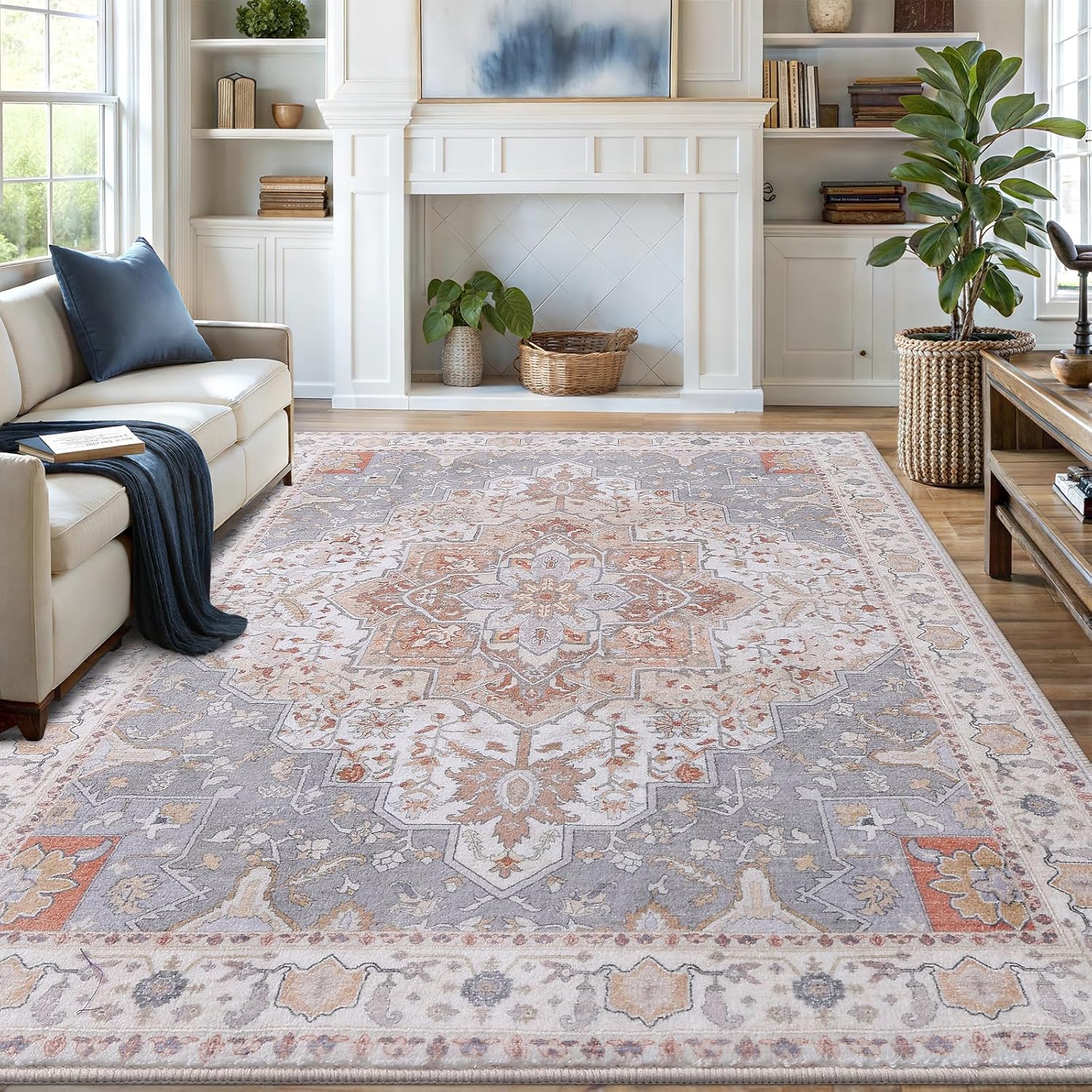Yes, you can steam mop engineered hardwood floors, but ensure the steam is not too hot and use it sparingly to prevent damage to the wood layers.
Engineered hardwood floors offer the beauty of real wood with enhanced durability. But when it comes to cleaning, many homeowners wonder if steam mops are safe. The short answer is yes – but with important precautions.

Understanding Engineered Hardwood Construction
Engineered hardwood consists of multiple layers:
- Top layer: Real hardwood veneer (typically 1-6mm thick)
- Core layers: Cross-laminated plywood or HDF
- Bottom layer: Stabilizing backing
This construction makes engineered wood more stable than solid hardwood, but the top layer remains vulnerable to moisture damage. According to the National Wood Flooring Association, excessive moisture can still cause warping, cupping, or delamination.
How Steam Affects Engineered Wood
Steam mops produce vapor at temperatures between 200-300°F. While the heat helps sanitize, the moisture can:
- Penetrate microscopic gaps in the finish
- Cause the wood layers to swell unevenly
- Lead to long-term structural damage

Safe Steam Mopping Guidelines
If you choose to steam mop engineered hardwood:
1. Check Manufacturer Recommendations
Always consult your flooring manufacturer first. Some explicitly prohibit steam cleaning, while others approve it with conditions.
2. Use Proper Technique
Follow these steps for safe steam cleaning:
- Set the mop to lowest steam setting
- Keep the mop moving continuously
- Never let steam puddle on the surface
- Immediately dry with a microfiber cloth
3. Limit Frequency
Limit steam mopping to once monthly at most. For regular cleaning, use dry or damp methods instead.
Better Alternatives to Steam Mopping
For routine engineered wood floor care:
Daily Maintenance
- Use a microfiber dust mop or hardwood-safe vacuum
- Clean spills immediately with a barely damp cloth
Weekly Cleaning
Mix 1/4 cup white vinegar with 1 gallon warm water. Dampen (don’t soak) a microfiber mop and wring thoroughly before use.
Deep Cleaning
Use a pH-neutral wood floor cleaner specifically formulated for engineered hardwood. Avoid wax-based products that can create buildup.
When to Avoid Steam Completely
Never use a steam mop if your floors show any of these characteristics:
| Condition | Risk |
|---|---|
| Unsealed or worn finish | Moisture penetrates easily |
| Visible gaps between planks | Water seeps into subfloor |
| Previous water damage | Increased vulnerability |
Professional Recommendations
The EPA recommends dry cleaning methods first for wood floors. If using moisture:
- Never exceed 10% moisture content in wood
- Maintain indoor humidity between 30-50%
- Use floor protectors under furniture
For homes with pets or high traffic, consider more frequent dry cleaning rather than increasing steam mop use. This prevents cumulative moisture damage while keeping floors sanitary.

Vanmoos 6×9 Machine-Washable Area Rug — Artistic Flair / Beige
Low-pile, non-slip rug that minimizes pet hair collection and makes quick cleanup part of your routine.
Affiliate link — may earn a commission at no extra cost to you.
